A “vague but intriguing” idea
In 1989, while working at CERN – the European center for nuclear physics research, Tim Berners-Lee proposed a system for global information sharing. The proposal, titled “Information Management: A Proposal,” was described as “vague but exciting.”
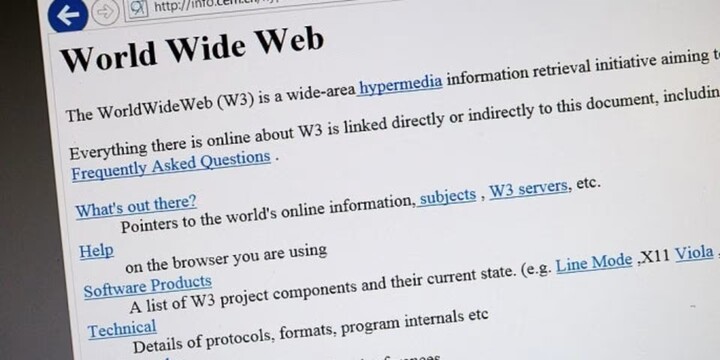
Usenet post on August 6, 1991 about WorldWideWeb by Tim Berners-Lee. (Source: w3)
The idea was quickly accepted. Tim set about developing the first browser, called WorldWideWeb (later renamed Nexus), and the world's first Web server.
On August 6, 1991, Tim Berners-Lee began posting information about the WorldWideWeb project on the alt.hypertext forum. This was the first time the Web was widely introduced to the public.
In the fall of 1991, physicist Paul Kunz of the Stanford Linear Accelerator Center (SLAC) met with Tim Berners-Lee and brought the idea of the Web back to SLAC. By December, the first WWW server at SLAC (and the first outside of Europe) had been successfully installed.
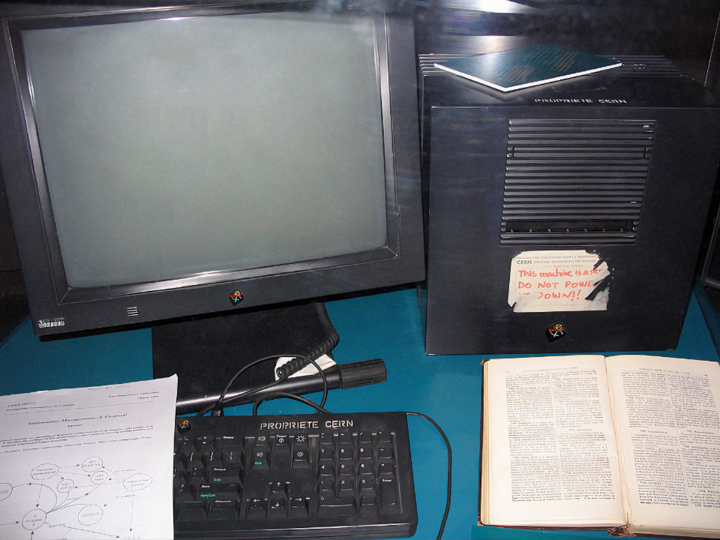
The NeXT workstation used by Tim Berners-Lee to design the World Wide Web and the first Web server. (Source: w3)
In the following years, more browsers were developed, more Web servers were put online, and more websites were created. The Internet as we know it had begun.
W3C governing bodies were established in France, Japan and China, expanding its global influence.
From the beginning, Tim Berners-Lee decided to make the Web free for everyone. He did not register copyrights, did not commercialize, but opened a space for global knowledge sharing. Jeff Jaffe - Executive Director of W3C - said about the most meaningful decision of him and his colleagues: "With the Web, we need everyone's participation to solve the most important problems in the best way."
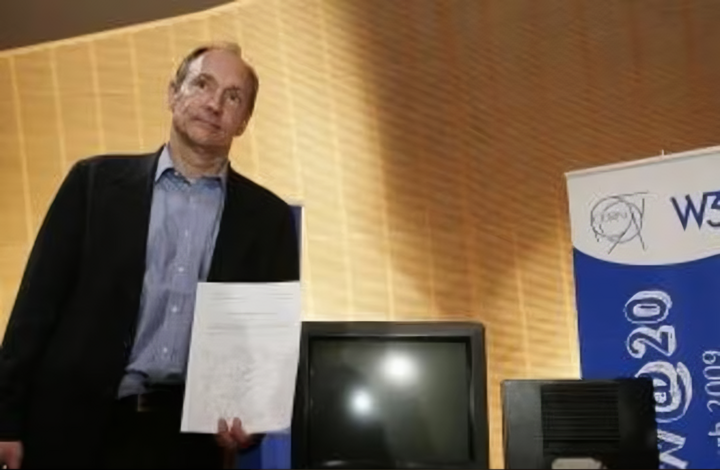
Tim Berners-Lee, Inventor of the Web, poses in front of the first World Wide Web Server. (Source: Getty Images)
25 years of the Internet – the journey of shaping the world
From a simple idea in the CERN laboratory, the Internet has gone through a miraculous 25-year journey to become the platform that reshaped the modern world.
It paved the way for the explosion of e-commerce with names like Amazon, Alibaba or Shopee; became a place connecting billions of people through social networks like Facebook, Twitter and TikTok; and revolutionized education with online learning platforms like Coursera, edX and Khan Academy.
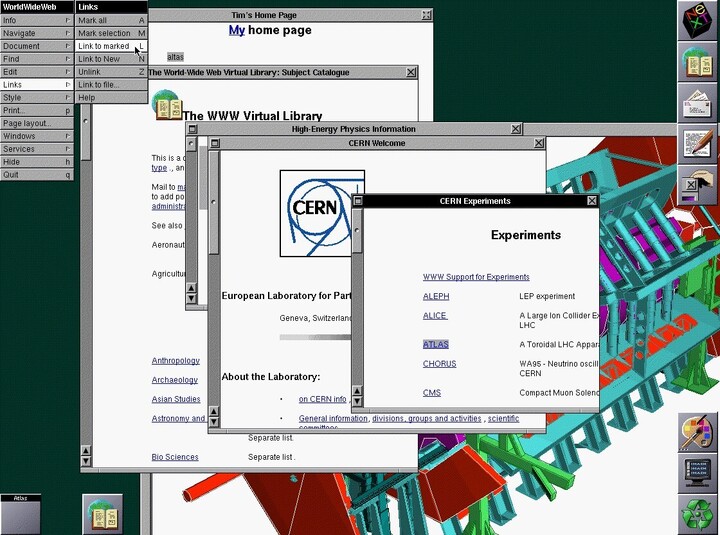
The first color screenshot of the WorldWideWeb browser. (Source: w3)
In the media field, the Web has changed the way the public accesses information, helping press agencies such as CNN, BBC and VTC News reach readers more quickly and effectively.
Every click today is the result of millions of hours of work, research and dedication from pioneers. And the journey is not over yet – because after 25 years, the Internet is not just a tool, but has become an indispensable part of life, of the future of humanity.
Source: https://vtcnews.vn/ngay-worldwideweb-ra-doi-6-8-1991-khi-the-gioi-buoc-vao-ky-nguyen-so-ar958218.html






![[Photo] General Secretary To Lam attends the opening of the 1st Government Party Congress](https://vphoto.vietnam.vn/thumb/1200x675/vietnam/resource/IMAGE/2025/10/13/1760321055249_ndo_br_cover-9284-jpg.webp)





















![[Photo] National Assembly Chairman Tran Thanh Man attends the 725th anniversary of the death of National Hero Tran Hung Dao](https://vphoto.vietnam.vn/thumb/1200x675/vietnam/resource/IMAGE/2025/10/12/1760285740475_ndo_br_bnd-8978-jpg.webp)




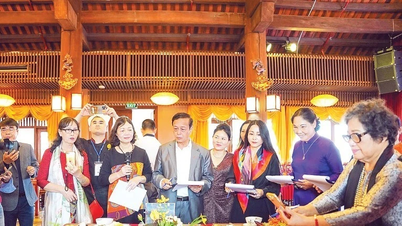










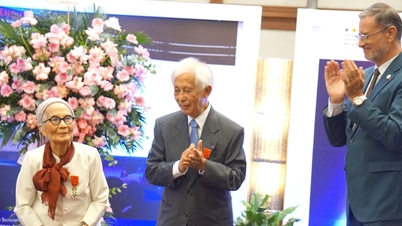

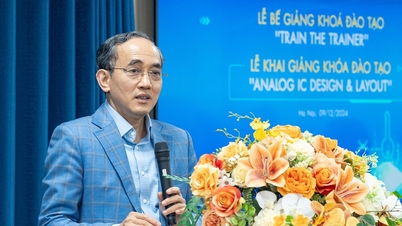





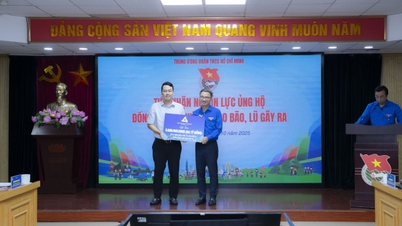


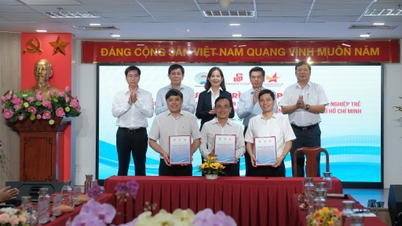






















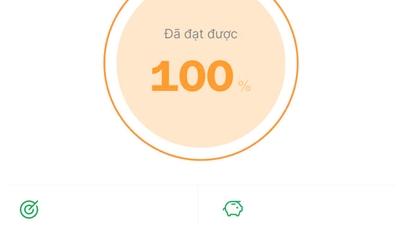






















Comment (0)